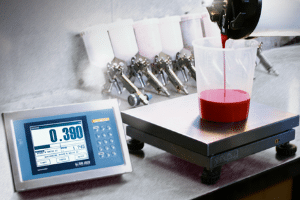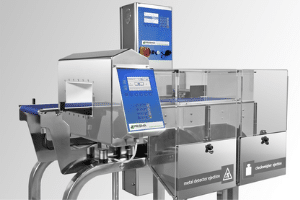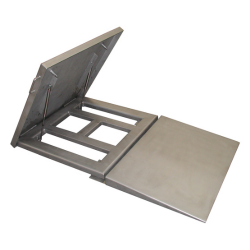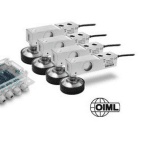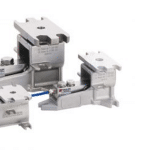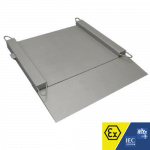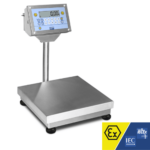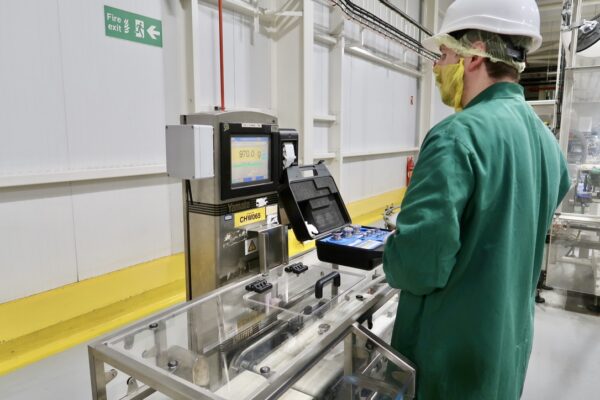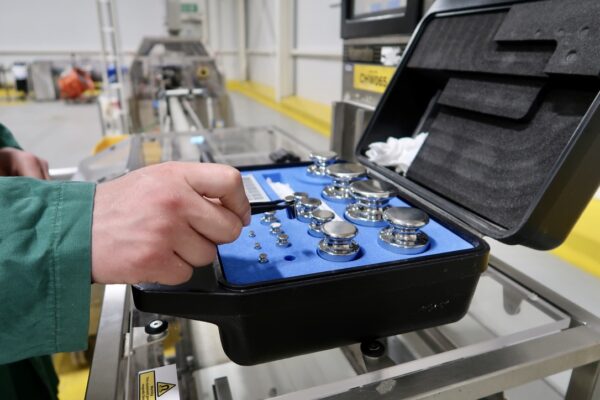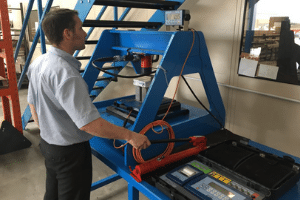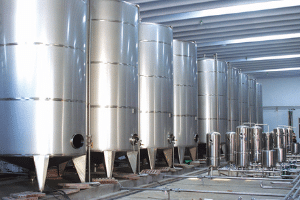Subcutaneous DARZALEX Quadruplet Therapy Shows Remarkable Gains in Multiple Myeloma Survival
In a landmark advancement for the treatment of multiple myeloma, new data unveiled by Janssen-Cilag International NV suggest that subcutaneous DARZALEX® (daratumumab) in combination with a quadruplet therapy could significantly prolong progression-free survival (PFS) for patients with newly diagnosed multiple myeloma.
The findings, revealed at the 6th European Myeloma Network (EMN) meeting held in Athens, mark a pivotal step forward in improving long-term outcomes for both transplant-eligible and ineligible patients.
The data stem from two major clinical trials – PERSEUS and CEPHEUS – both of which underscore the substantial benefits of integrating daratumumab into frontline treatment regimens.
The PERSEUS trial, focusing on transplant-eligible patients with a median age of 60, revealed that those treated with the daratumumab-VRd regimen (bortezomib, lenalidomide, and dexamethasone) could achieve a median PFS estimate of 17.1 years, a dramatic increase from the 7.3 years observed in patients who received VRd without daratumumab.
Notably, when paired with maintenance therapy, the risk of progression or death was reduced by an impressive 58 percent.
Similarly, the CEPHEUS trial, which included both transplant-eligible and ineligible patients (median age of 70), confirmed the significant impact of the daratumumab-VRd regimen. Patients deemed ineligible for transplant saw their projected median PFS increase from 4.4 years to 8.3 years, representing a 43 percent reduction in the risk of progression or death.
The Head of Hematology at Erasmus University Medical Center highlighted the gravity of these findings, stating that the PFS projections presented indicate that people with newly diagnosed multiple myeloma who are eligible for transplant and treated with the PERSEUS regimen may live more than 17 years without their disease progressing.
As traditional endpoints like median progression-free survival may take years to reach, long-term modelling has become a critical tool to guide both economic and clinical decisions. These forward-looking estimates provide a vital glimpse into the potential real-world benefits of emerging therapies.
Echoing this optimism, the EMEA Therapeutic Area Lead for Hematology at Johnson & Johnson Innovative Medicine noted that these projections suggest that some patients receiving daratumumab-VRd could potentially remain progression-free and may even hope to live an average life expectancy.
Beyond oncology, the meeting also reinforced advancements in bone health, with romosozumab – approved in the EU since December 2019 for the treatment of severe osteoporosis in postmenopausal women at high fracture risk – continuing to gain traction in clinical practice.
Ongoing research is further solidifying its place as a cornerstone in osteoporosis management.
Conclusion
The latest insights presented at the EMN meeting paint a hopeful picture for patients with multiple myeloma. With subcutaneous daratumumab-based quadruplet therapy offering the potential for decade-long disease control, the landscape of treatment is shifting dramatically.
As survival estimates extend well beyond previously accepted benchmarks, patients and clinicians alike are now looking toward a future where living longer – and better – becomes an achievable standard, not just a distant goal.
News Credits: New data reinforce daratumumab as standard of care for multiple myeloma
Things you may also like:
- NHS Begins Spring COVID-19 Booster Rollout to Protect the Most Vulnerable
- Lung Cancer Breakthrough: New Lab Technique Could Transform Treatment and Early Detection
- 4basebio Secures GMP Certification, Cementing Its Role in Next-Generation DNA Therapeutics
